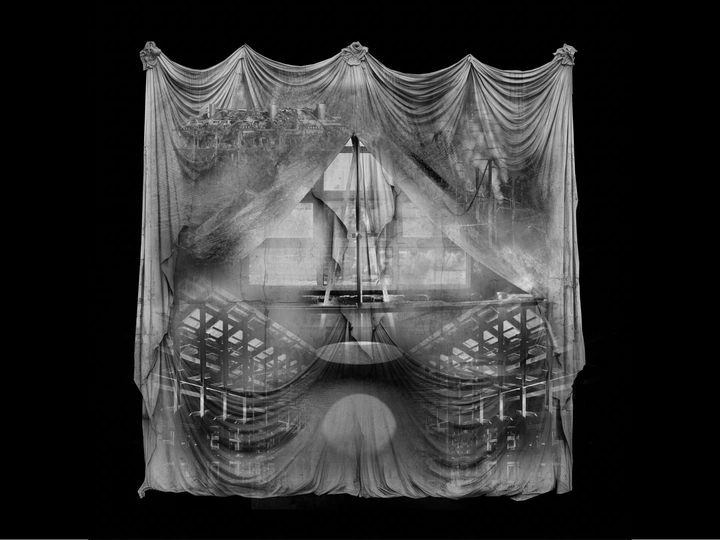Prior Art

Andrew Chee
Matija Pogorilić
Matija Pogorilić is an architect from Zagreb, Croatia. He completed his bachelor’s and master’s thesis at the Faculty of Architecture and Urban Planning, University of Zagreb, where he began developing a design-based research practice. His work has been presented internationally at exhibitions and symposiums, including TU Delft, Pratt Institute, and the European Capital of Culture 2023. In 2024, he pursued an M.Sc. in Advanced Architectural Design at Columbia University, where he also served as a Dean’s Research Assistant. He is a partner at Related Works, where he continues to write, curate, and design across projects in New York and internationally.
Andrew Chee is a designer and researcher based in New York, working across architecture, media infrastructures, and curatorial systems. He holds a Master of Architecture from Columbia GSAPP, where he received the Charles McKim Prize for Excellence in Design. His work spans architecture, product design, and museum systems. He has collaborated with firms such as OMA, Junya Ishigami +Associates, and Whitney Museum. He is publisher of Rote Press, an imprint for experimental print and media, and a partner at Related Works, focusing on participatory systems, counter-archives, and material reuse.
Tashania Akemah is an exhibition designer whose work explores architecture, media, and the politics of representation. She holds a Master of Architecture from Columbia GSAPP and has collaborated with institutions such as the Guggenheim Museum and Carnegie Museum of Art. Her practice combines research and spatial storytelling, often drawing on her background in architectural history and practice. She is a partner at Related Works, where she develops exhibition-centered methods that foreground marginalized voices and challenge institutional narratives.
Prior Art: The Exhibition as Architectural Method proposes that exhibitions—and their co-constitutive models, catalogs, and display systems—are architectural acts in their own right: forms of “prior art” that stake spatial claims, prototype futures, and construct publics before and beyond the building. Borrowing from the legal definition, where “prior art” invalidates novelty through public disclosure, the project reframes exhibitions as speculative infrastructures that anticipate and shape architectural and societal trajectories.
Rather than treating the exhibition as a supplement to architecture, this project expands architectural method to include its representational and projective tools—especially when construction is deferred, ethically fraught, or materially unfeasible. Exhibitions become spaces of rehearsal: where political imaginaries, material systems, and aesthetic codes are made visible and negotiable.
Driven by historical and geopolitical contexts—from historical exhibitions to contemporary biennales—Prior Art positions itself as both a research-based publication and a culminating exhibition. The exhibition will act as a meta-platform: an exhibition of exhibitions that stages our findings while connecting disparate practices across time and region. It will visualize how exhibition-making, as a recursive and distributed method, has performed as an engine of architectural imagination and transformation.
Through archival reconstructions, collaborative prototyping, and serialized publishing, the project creates an open-ended infrastructure for collective reflection. Prior Art does not merely document past exhibitions—it activates them as tools to think with. It proposes the exhibition as a method of inquiry, a platform for exchange, and a predictor of architectural and material futures.